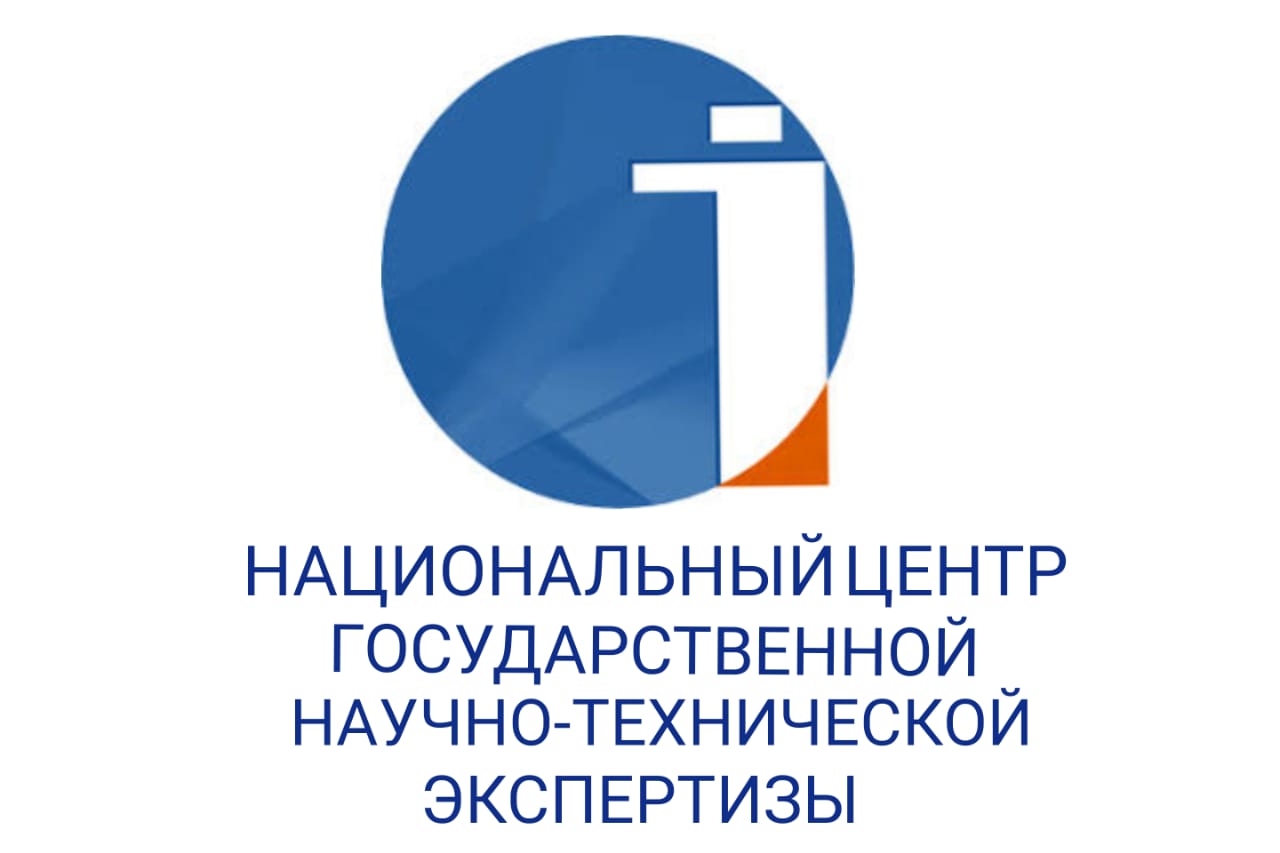SOME DOMINANT FEATURES OF TEACHING TRANSLATION
DOI:
https://doi.org/10.48371/PHILS.2025.3.78.034Keywords:
translation, process of translation, translator’ competence, text, methods of investigation, communicative teaching, logical-semantic, componentsAbstract
The article deals with some ways of teaching translation to get a professional translator. The actuality of the research work is to determine a translation unit of the text material that would reflect both a thematically complete fragment and a cognitive one. The novelty of the research work is the determination of the basic translation unit within the text, the determination of the dominant structural elements of the text useful for the initial stage of translation teaching, as well as the need to methods and techniques of external linguistics in parallel with linguistic ones.
The aim of the research work is dictated by the need to define a translation unit that includes not only linguistic parameters, but also a cognitive parameter.The main methods of research are the method of analysis and synthesis, the descriptive method, the continuous sampling method. The material of research is authentic scientific text.
The result of the study was the determination of a basic translation unit with the cognitive format within the text, the identification of the dominant structural elements of the text at the initial stage of translation teaching, and the identification of the necessity of using methods and techniques of external linguistics in parallel with linguistic ones. The theoretical significance of the investigation lies in the establishing the qualification and classification parameters of the translation unit in various types, and, expanding the understanding of the use of methods and techniques of external linguistics.
The practical significance lies in the use of the research results at lessons on the theory and practice of translation, practical translation activities, in the theory and practice of intercultural and cross-cultural communication. In this article the conclusion that the formation of a student’s linguistic and translating competence reflects a comprehensive and high level of translator’s training is made.








